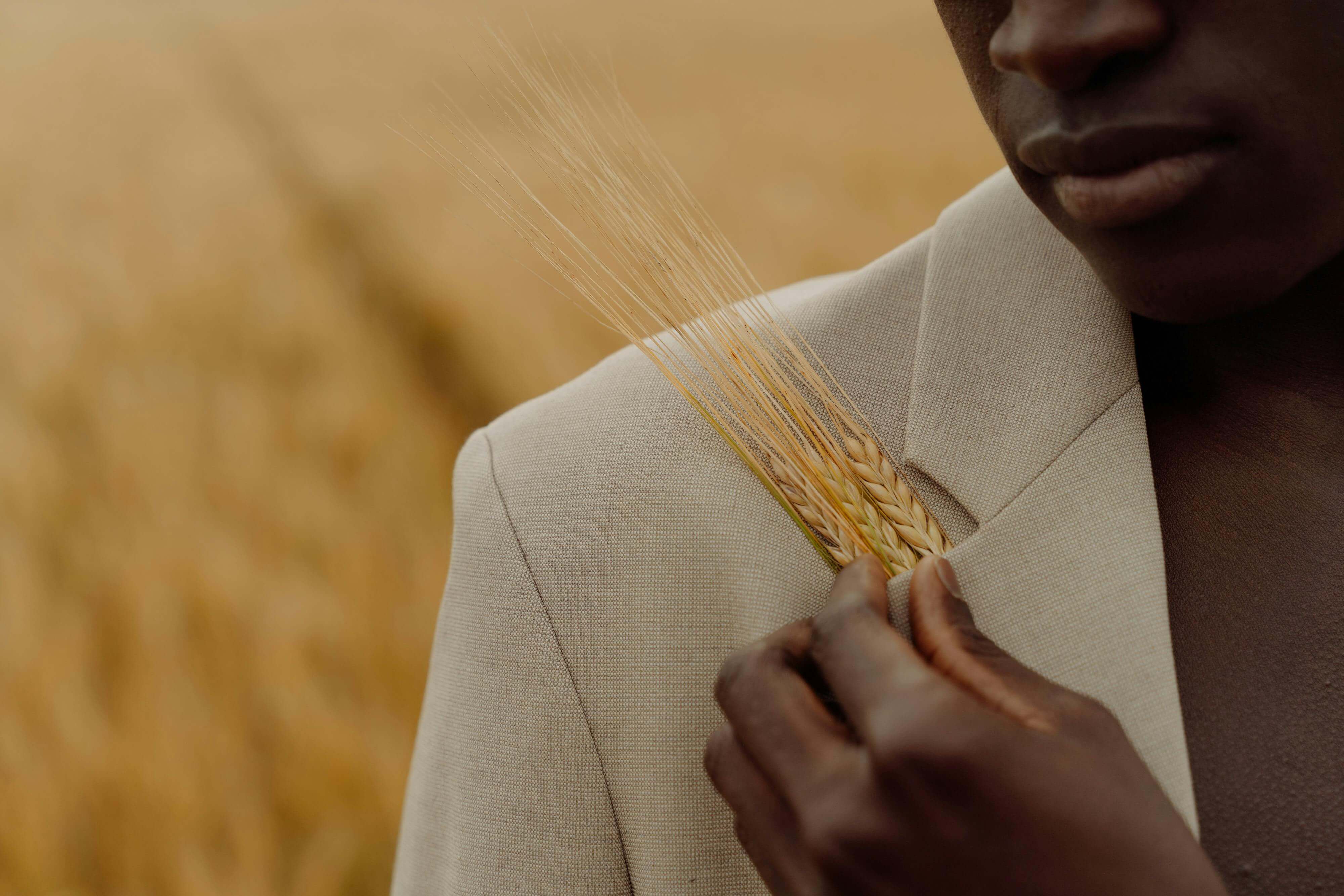As we approach 2025, several key predictions are shaping the future of the fashion industry, reflecting an era of significant transformation driven by sustainability, technology, and personalization. These trends promise to redefine how fashion is designed, consumed, and experienced, offering exciting possibilities for both consumers and industry professionals.
Sustainability as a Core Principle
Sustainability is set to remain a major driving force in fashion. The industry is increasingly prioritizing eco-friendly practices, which include the use of sustainable materials such as organic cotton, recycled fibers, and innovative fabrics created from waste products. Circular fashion, which emphasizes the lifecycle of garments and aims to minimize waste through practices like recycling, upcycling, and repair, is gaining prominence. Brands are expected to adopt more comprehensive sustainability strategies, including transparent supply chains and eco-conscious production processes. This shift is not just a trend but a necessary response to growing environmental concerns and consumer demand for ethical practices.
Technological Innovations
Technological advancements are poised to further transform the fashion landscape. Virtual reality (VR) fashion shows are expected to become more common, offering immersive experiences that allow audiences to view collections from anywhere in the world. These VR shows can provide a more engaging and interactive way to experience fashion, breaking down traditional barriers of physical attendance.
Artificial Intelligence (AI) is also playing a crucial role in reshaping fashion design and production. AI-driven design tools can analyze trends, predict future styles, and generate innovative design ideas, streamlining the creative process and enhancing efficiency. Furthermore, AI can help in predicting consumer preferences and managing inventory more effectively, reducing waste and improving the overall sustainability of the industry.
Personalized Fashion
The rise of personalized fashion is another significant trend driven by advancements in data analytics and custom-fit technologies. Brands are increasingly using data to understand individual preferences and create tailored shopping experiences. Custom-fit technologies, such as 3D body scanning and made-to-measure garments, are becoming more accessible, allowing consumers to receive clothing that fits their unique body shapes and sizes perfectly.
Data analytics also enables brands to offer personalized recommendations and designs based on a consumer’s past purchases, browsing history, and style preferences. This level of personalization not only enhances the shopping experience but also helps consumers find clothing that truly resonates with their personal style.
Integrating Innovation with Tradition
As these trends evolve, there will also be a blending of technological innovations with traditional fashion practices. While sustainability and technology drive the future, there is an ongoing appreciation for artisanal craftsmanship and classic design elements. This integration allows for a richer fashion experience that honors heritage while embracing modern advancements.
In Conclusion
The fashion industry is on the cusp of significant evolution as we move towards 2025. Sustainability will continue to be a key focus, with advancements in eco-friendly materials and circular fashion leading the way. Technological innovations, such as virtual reality fashion shows and AI-driven design tools, are set to transform the industry by enhancing both the design process and consumer experience. Personalized fashion, driven by data analytics and custom-fit technologies, will cater to individual preferences, making shopping more tailored and engaging. Together, these trends will shape a dynamic and forward-thinking fashion landscape that balances innovation with tradition.
